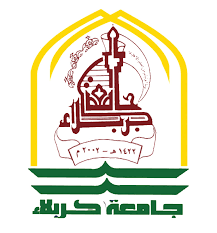Phytohormones and Pigments Content in Date Palm Phoenix dactylifera L. under Salinity Stress
Aqeel A.S. Al-Khalifa1, Karima F. Abbas2*, Khearallah M.A. Al-Jabary1
1Date palm Research Centre –Basrah University, Basrah , Iraq
2Environmental health Dept. Applied Medical Science College, Kerbala University, Kerbala, Iraq
*Corresponding Authors: karima.f.abbas@gmail.com
Received 20 December 2016; Accepted 22 April 2017
Abstract. Date palms are widely cultivated in arid and semi-arid regions and require large quantities of water, in these regions date palm commonly irrigated with brackish water. To study the effect of using saline water for irrigated date palm cvs. Sayer and Hillawi were subjected to long-term irrigation treatments with water containing 1000 and 2000 ppm NaCl. The effect of saline irrigation was determined according to hormonal status, Indole acetic acid (IAA), Gibberellic acid (GA3), Cytokinin (Zeatin) and Abscisic acid (ABA), and pigments contents, Chlorophyll (a, b, and total), Carotenoids and Anthocyanin. The results showed that, high salinity decreased hormones concentrations (IAA, GA3, Zeatin) and chlorophyll pigments and increased ABA and anthocyanin pigment, while no significant effect of Carotenoids pigment in both cultivars.
Keywords: ABA; Chlorophyll; IAA, GA3, salinity, soil



























































